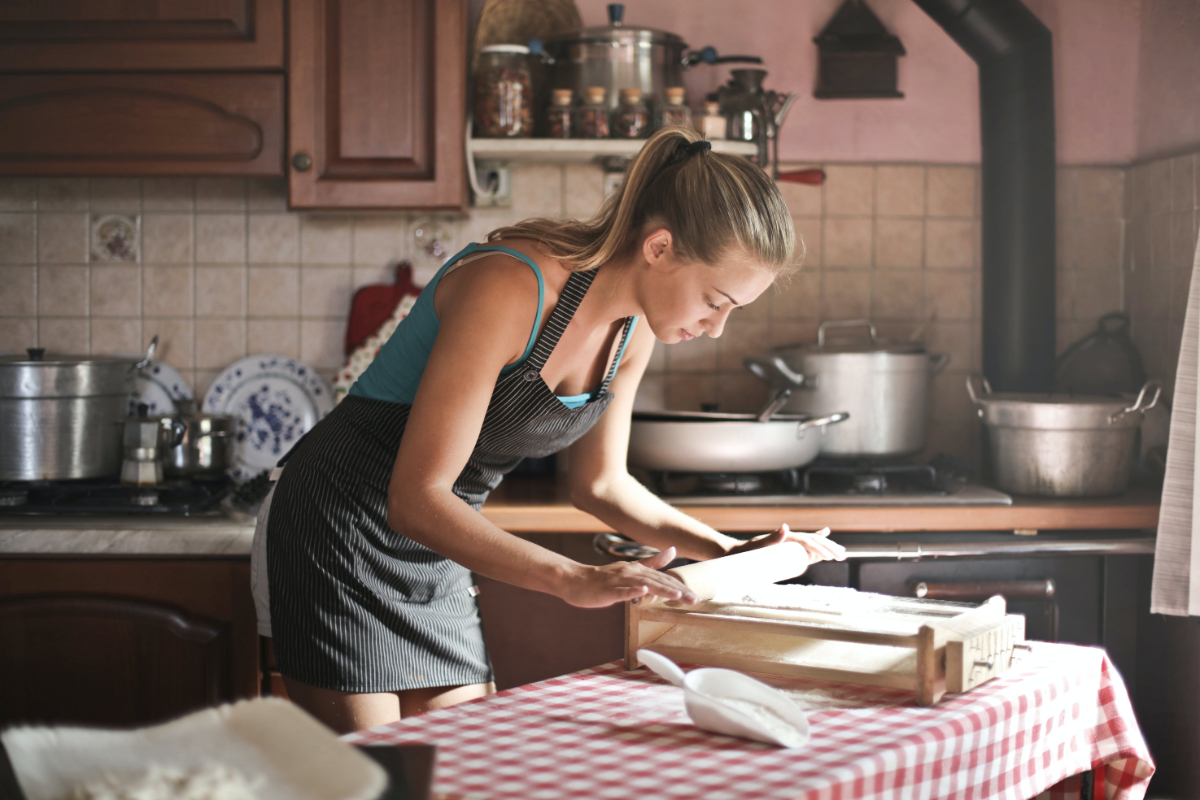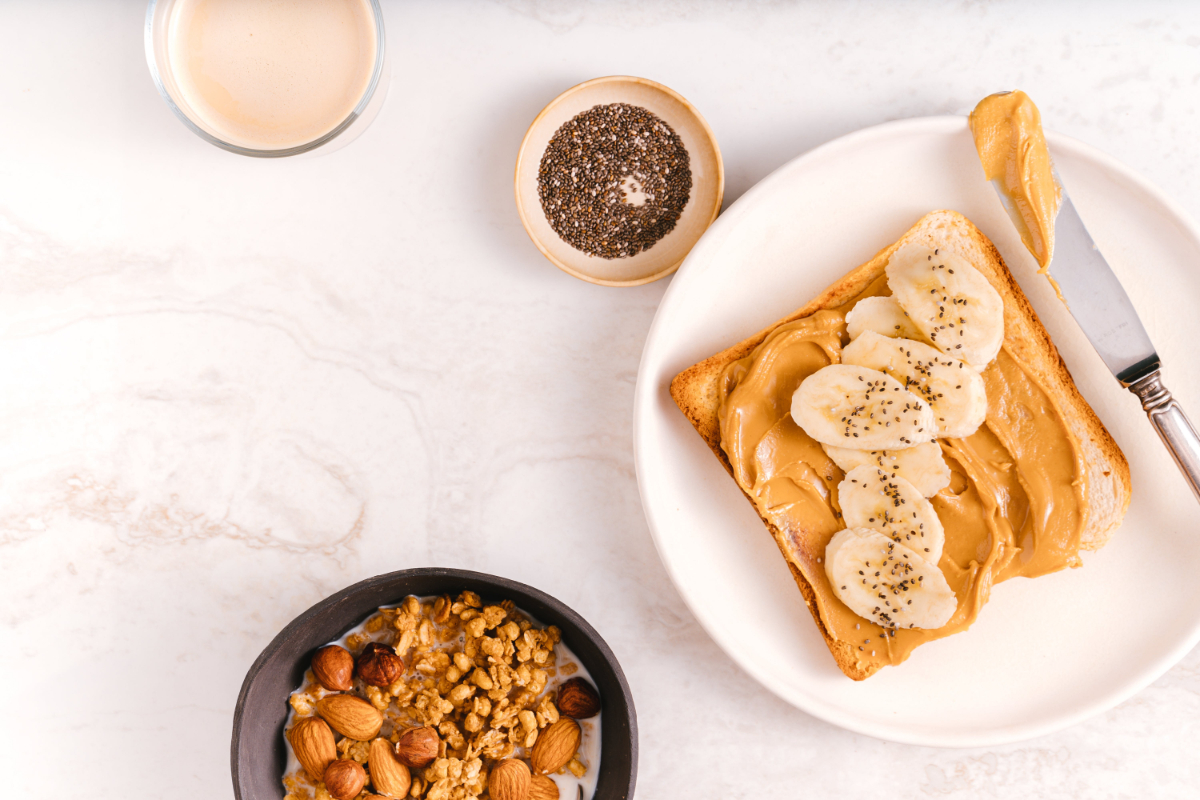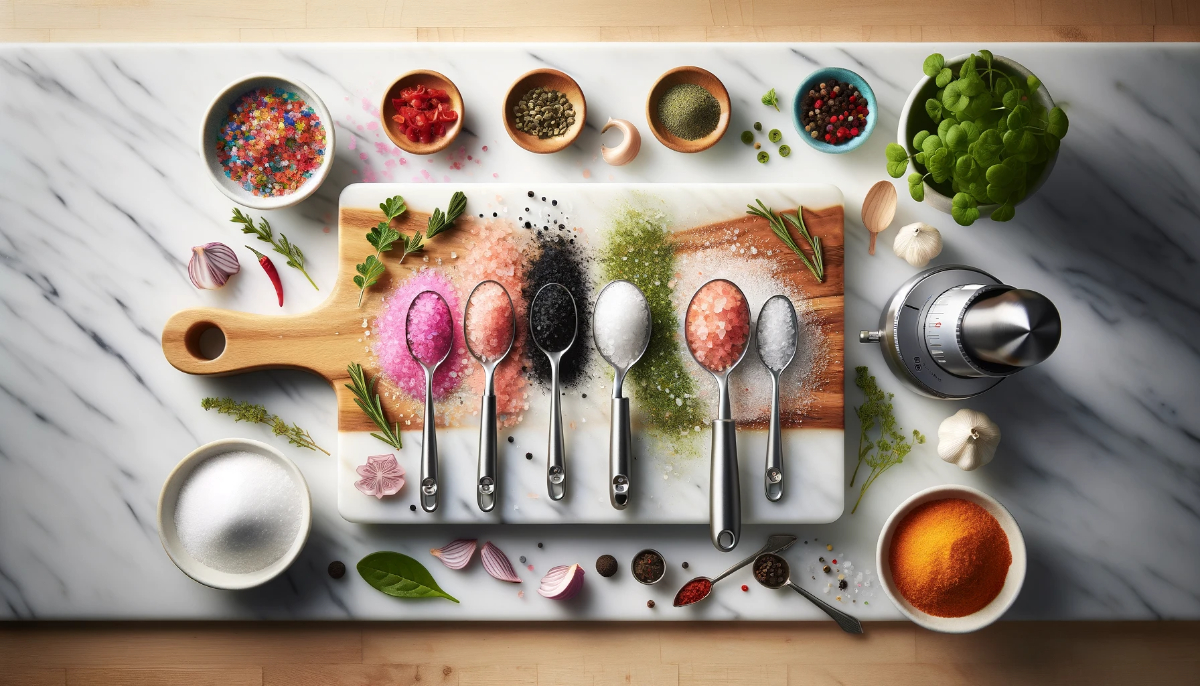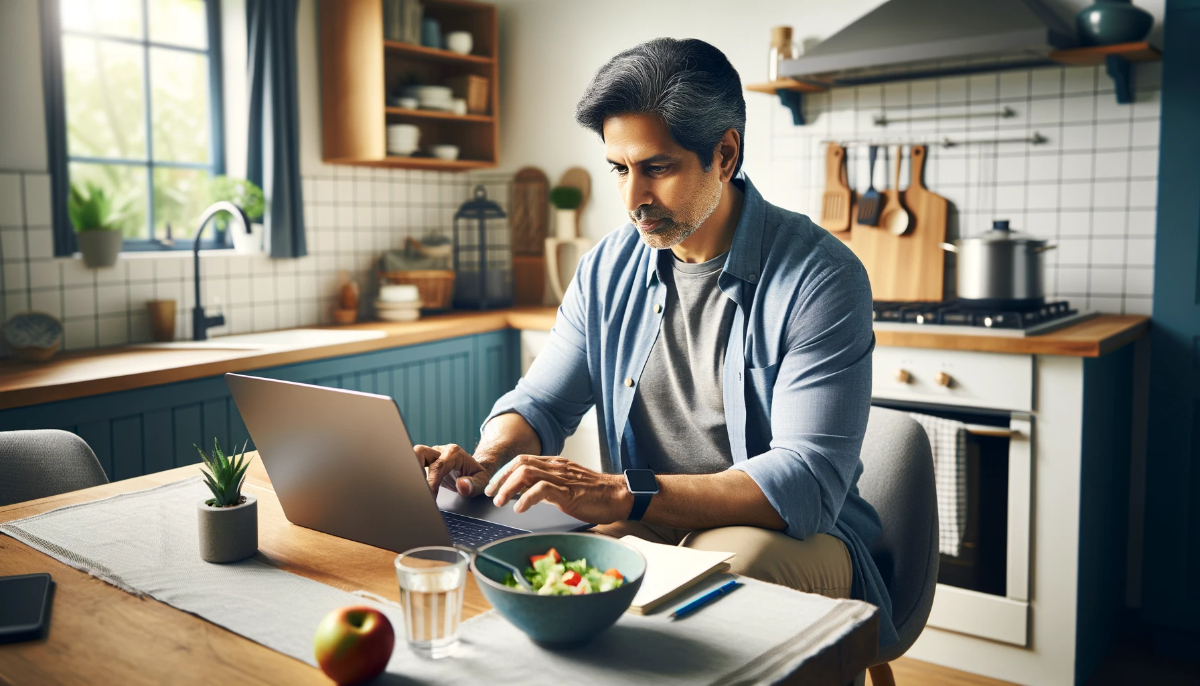Baking is both an art and a science – it’s a magical process of transforming simple ingredients into delightful treats that tantalize the taste buds.
Whether you’re a novice baker or a seasoned pro looking to elevate your baking game, you need to read this guide!
In it, we will reveal expert tips from the world’s top pastry chefs. These eleven tips will transform your baking from ordinary to extraordinary, allowing you to create masterpieces in your own kitchen.
From starting with quality ingredients to warning you against things you shouldn’t do, each tip is designed to enhance your skills and inspire your culinary creativity.
Get ready to embark on a journey that will take your baking to a level you never thought possible!
Upgrade Your Equipment
A 5-star chef needs 5-star equipment – high-quality tools can make a huge difference in your baking results!
Here are a few tools and gadgets you should consider investing in (or upgrading) if you don’t have them already:
- A good kitchen scale for precise measurements
- A top-notch stand or hand mixer can help you blend ingredients smoothly.
- Parchment paper or a Silpat liner is a must-have for easy cleanup and perfect cake release.
- A small food processor for chopping things like nuts and chocolate
- Don’t forget an oven thermometer to ensure your oven is at the right temperature.
- A reliable timer will keep you from overbaking your goodies.
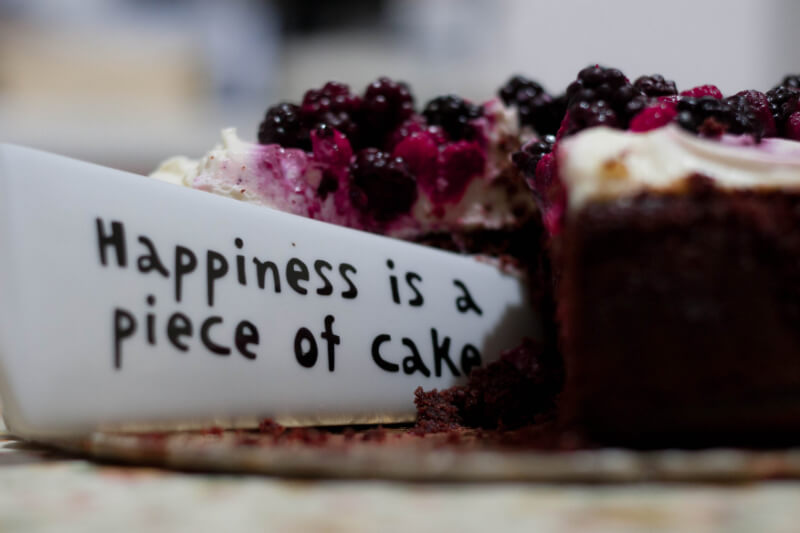
Start with Quality Ingredients
The secret to a delicious cake?
Fresh, quality ingredients!
Just like a master painter uses the best paints, a master baker uses the best ingredients.
Make sure your butter is fresh, your eggs are at room temperature, and your flour is unbleached. Use real vanilla extract instead of imitation, and choose high-quality chocolate over cheap alternatives.
Your baked goods are only as good as the ingredients you put into them!
Measure Accurately
Baking is a science, and precision is key!
Use your new scale to weigh your ingredients accurately. For small amounts of ingredients like baking powder or vanilla extract, use measuring spoons.
Don’t just eyeball the quantities of your ingredients – measure them! It may take a little extra time, but accurate measurement can mean the difference between a flop and a masterpiece.
Read the Recipe Carefully
Avoid common baking blunders by reading the recipe thoroughly before you start. Don’t just skim it – read it!
Understand each step and make sure you have all the ingredients and tools you need. If the recipe calls for ‘sifted flour,’ sift it before you measure it. If it says ‘room temperature butter,’ don’t use cold butter.
Paying attention to the details can save you from a baking disaster!
Prepare Your Equipment
Proper preparation is a game-changer in the world of baking.
Ensure your baking pans are clean and free from rust or damage. If your recipe requires a greased pan, use a pastry brush to apply an even layer of butter or oil. Preheat your oven well in advance to give it ample time to reach the desired temperature.
And remember, your top-notch mixer is your best friend in the kitchen, but only if it’s clean and in good working order.
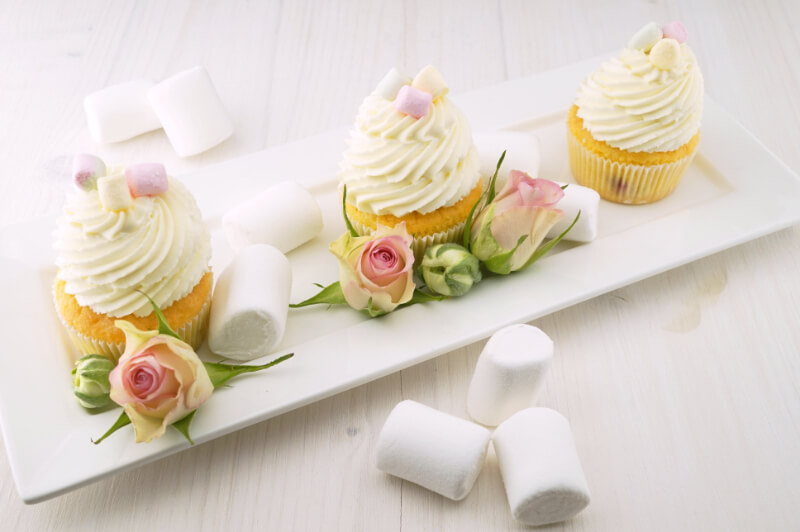
Add Ingredients Gradually
Do you know the secret to a perfectly textured cake?
The gradual addition of ingredients!
Start by adding your dry ingredients to your wet ingredients bit by bit, mixing gently after each addition. This method ensures a smooth batter and prevents overmixing.
The texture and flavor of your baked goods are significantly affected by how you incorporate your ingredients, so take your time, add gradually, and watch your baking skills rise to the next level!
Don’t Make Substitutions
Baking is a delicate science, and each ingredient has a specific role to play. Using a different ingredient can drastically change the outcome of your baked goods.
For example, using baking soda instead of baking powder can affect the rise, texture, and even the taste of your cake. Stick to the recipe as closely as possible to ensure your baked goods turn out as they should.
Don’t Overmix
One crucial tip for baking success is not to overmix your batter. Overmixing can lead to a tough, dense cake. Instead, mix your ingredients until they are just combined to keep your baked goods light and fluffy.
Preheat the Oven
This crucial step is often overlooked, but preheating the oven is a key factor in achieving the perfect bake.
By allowing your oven to heat up before you put your cake in, you are ensuring a consistent temperature throughout the cooking process. This promotes even baking and helps avoid undercooked or overcooked spots in your cake.
Different baked goods require different preheating times, so be sure to check your recipe. As a general rule, most ovens take about 15-20 minutes to preheat.
Use the Right Baking Temperature
Different types of cakes require different baking temperatures to achieve the right texture and structure.
While a dense, moist pound cake might require a lower temperature to bake slowly and evenly, a light and airy sponge cake might need a higher temperature for a quick, even rise.
Adjusting the oven temperature according to the type of cake you’re baking can make a significant difference in the end result. Always refer to your recipe for the recommended temperature, and remember, a well-calibrated oven is a baker’s best friend.
Know When to Take It Out
Mastering the art of baking also means knowing when to take your cake out of the oven. Overbaking can lead to a dry, crumbly cake, while underbaking can result in a soggy, uncooked center.
The classic toothpick test is a reliable way to check for doneness – if it comes out clean or with a few crumbs clinging to it, your cake is done.
However, you should also pay attention to other signs, like the cake pulling away from the sides of the pan or the top springing back when lightly touched. Both of these indicate that your cake is ready to come out.
